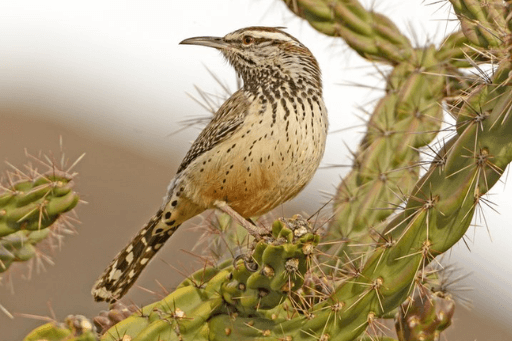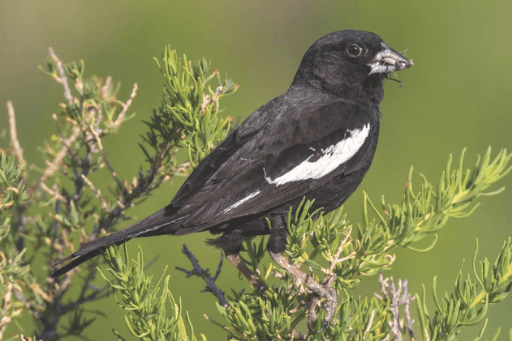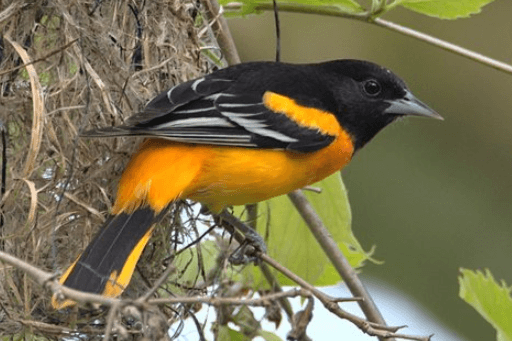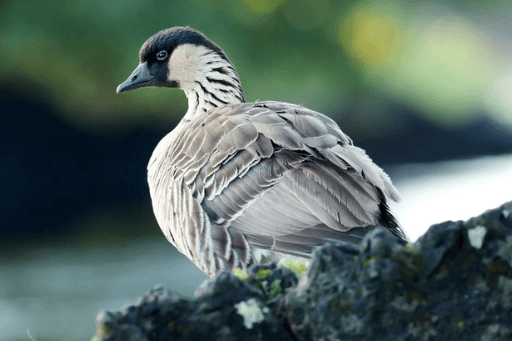State Birds Hawaii State Birds Drawing Easy
U.S. grasslands that once resounded with the boisterous song of the Western Meadowlark are growing silent as numbers of the famed singer decline. This situation, distressing as it is, isn't unique: A number of state birds have experienced major population losses over the last 50 years, challenging assumptions that these common, well-known birds would remain largely unaffected by the declines threatening other species.
While the list below contains some of the most adversely impacted state birds, it isn't comprehensive. Recent reports indicate that up to 10 states could eventually lose their state birds due to climate change alone.
It's not all bad news, though. As you will see, conservationists at ABC and other organizations are working hard to combat these losses and give state birds a fighting chance for the future.
Cactus Wren

The Cactus Wren is the state bird of Arizona, and the largest wren found in the United States. While currently not threatened, its population has crashed by more than 60 percent over the last 50 years. One of the biggest threats is habitat loss due to human-caused landscape changes. However, these desert-dwelling birds can also fall victim to cat predation, glass collisions, and pesticide poisoning.
ABC's multi-pronged advocacy programs are dedicated to combatting these challenges. In addition, our Valles Centrales BirdScape provides a safe refuge for Cactus Wrens and other birds in the Chihuahuan Desert.
Lark Bunting

Colorado made the Lark Bunting its state bird in 1931 because of its unique plumage and social habits. Though still commonly seen, this signature bird suffered devastating losses in recent decades, with its current population now only about 15 percent of its pre-1970 size. One of the most likely causes for the decline is the use of agricultural pesticides that contaminate grasshoppers — a primary Lark Bunting food source — which in turn poison the birds.
Collaborating with partners at the Oaks and Prairies Joint Venture, we're working to preserve and restore grassland habitats used by wintering Lark Buntings. This includes the Grassland Restoration Incentive Program (GRIP), which has helped restore more than 85,000 acres of grassland habitat.
Baltimore Oriole
The aptly named Baltimore Oriole is, not surprisingly, Maryland's state bird. Despite its popularity, this brightly colored bird's population has declined steadily over the last five decades, resulting in a 42-percent decrease. The causes for this decline stem from multiple threats, ranging from habitat loss to pesticide use and collisions with human structures.

To combat these threats, ABC has successfully advocated for the cancellation of pesticides shown to harm and kill Baltimore Orioles and other birds. In addition, we continue to promote bird-friendly building practices to reduce collisions.
While Baltimore Orioles breed in the United States and Canada, they winter in Mexico, Central America, the Caribbean, and northwestern South America, where habitat loss has detrimental impacts on them and other migrant birds. ABC and conservation partners have established a reserve network protecting more than 1 million acres in Latin America that benefits not only a dazzling array of resident bird species, but also migratory birds, such as Baltimore Orioles, that pass through and winter in these areas.

Western Meadowlark
Kansas, Montana, Nebraska, North Dakota, Oregon, and Wyoming may all be different states, but one thing they have in common is their state bird, the Western Meadowlark. Like their Eastern counterparts, Western Meadowlarks can be found in open areas and are best known for their melodious singing.
While these beautiful birds aren't yet rare, they are in trouble. Over the last half-century, their population has fallen by more than 40 percent. They aren't alone: More than 720 million grassland birds have disappeared in the last 50 years due to habitat loss and other causes.
As with the Lark Bunting, ABC is working to conserve and restore critical grassland habitats that the Western Meadowlark needs to survive.
Nēnē (Hawaiian Goose)

The Nēnē, like many Hawaiian birds, is endemic, found only on the remote islands that compose the state. DNA and fossil evidence indicate that the Nēnē evolved from Canada Geese that arrived on the islands roughly 500,000 years ago.
Once highly threatened, the Nēnē has experienced a bit of a comeback, and is no longer facing extinction, as are other Hawaiian birds. It is now listed as a Threatened species by the U.S. Fish and Wildlife Service. The species still faces serious challenges. Its decline has been linked to habitat loss, climate change, car collisions, and toxoplasmosis, a disease spread by feral cats.
Working with local partners, ABC is helping to restore forests, protect critical habitat, and much more to save native Hawaiian birds.
How You Can Help Birds
We all have a part to play in protecting America's birds.
American Bird Conservancy and our Joint Venture partners have improved conservation management on 6.4 million acres of U.S. bird habitat — an area larger than the state of Maryland — over the last ten years. This is a monumental undertaking, requiring the support of many, and you can help by making a gift today.
Policies enacted by Congress and federal agencies, such as the U.S. Fish and Wildlife Service, have a huge impact on America's birds. You can help shape these rules for the better by telling lawmakers to prioritize birds, bird habitat, and bird-friendly measures. To get started, visit ABC's Action Center.
Finally, don't overlook the impact you can have at home. Living a bird-friendly life can have an immediate impact on the birds around you. Doing so can be as easy as adding native plants to your garden, avoiding pesticides, and keeping cats indoors. To learn more, visit our Bird-Friendly Life page.
 | Kathryn Stonich is ABC's Digital Communications and Marketing Associate. She is an avid backyard birder and advocate for pigeon and dove rescue. |
mclaughlinruen1959.blogspot.com
Source: https://abcbirds.org/blog/state-birds/
0 Response to "State Birds Hawaii State Birds Drawing Easy"
Post a Comment